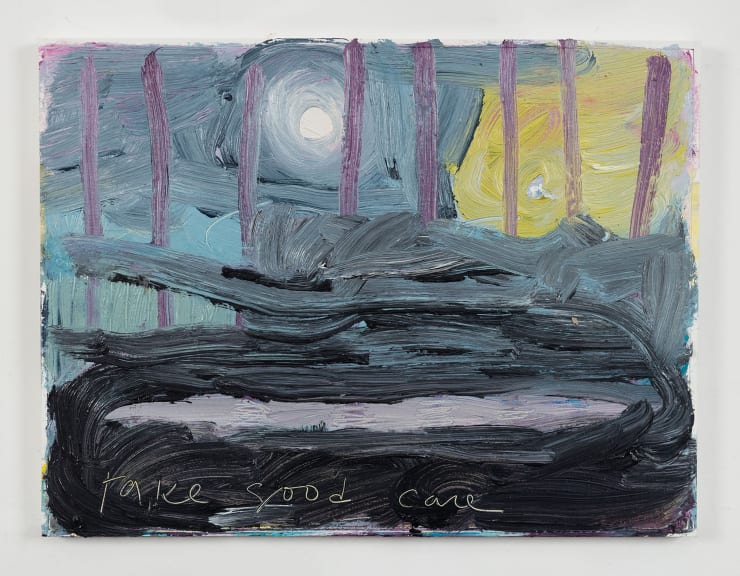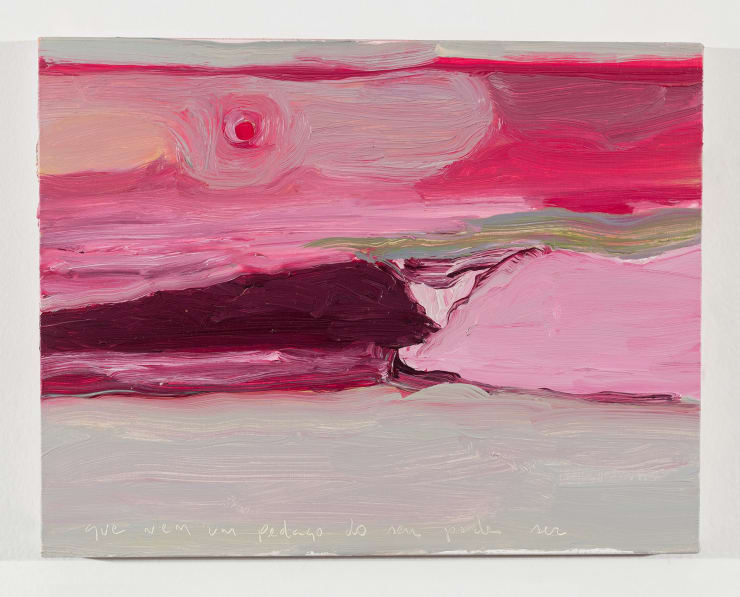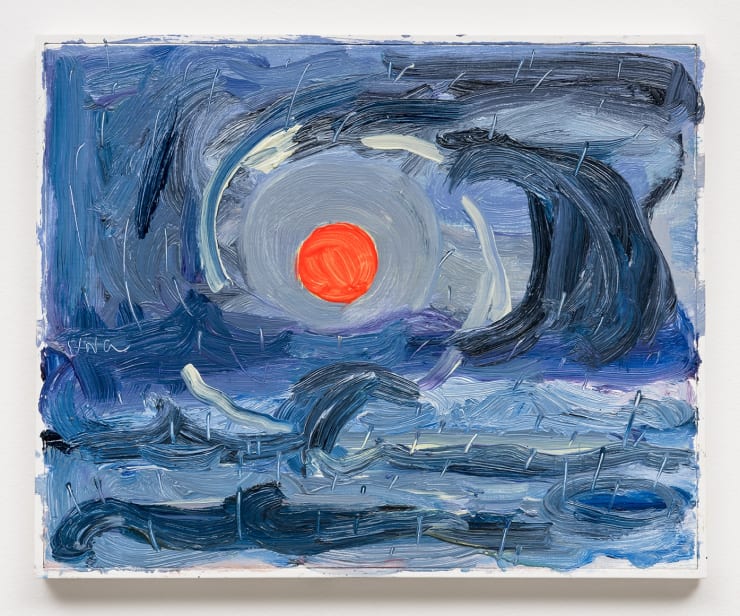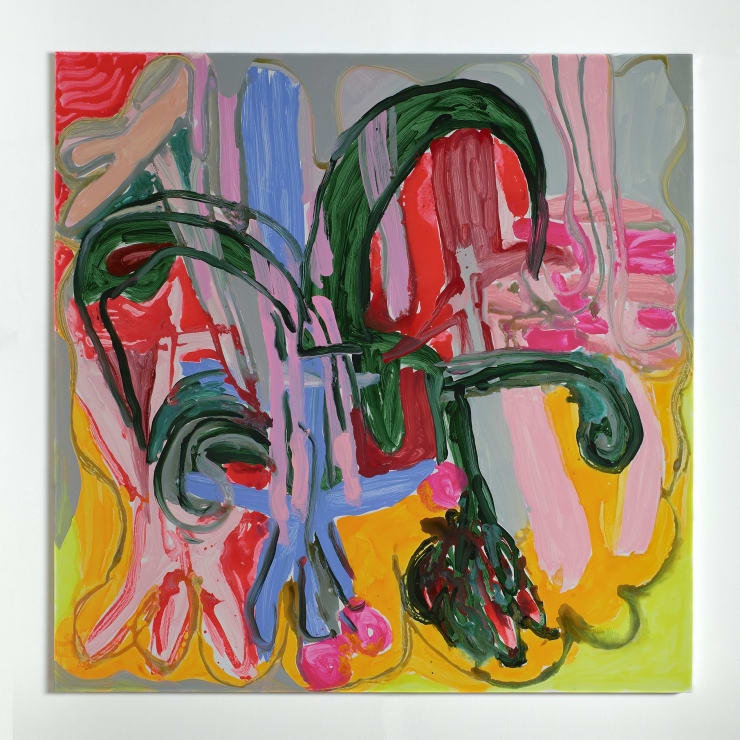“(This show contains) distinctive solutions to the problem of making a pigmented rectangle hold its own intelligently and beautifully in a world grown hostile to painting. (…) Nothing but a painting gives us a world of thought and feeling at a glance and then holds us, with surges of complicated pleasure, over time”¹.
Where is the Abre Alas?² is a large exhibition of small paintings and a small exhibition of large paintings. The exhibition also contains a large bookshelf with small glazed ceramic sculptures, as in the artist's studio.
One of the gallery's missions is to promote conversations between the exhibition program and the residence it occupies, designed by Rino Levi. With this in mind, we adopted the displays that Lina Bo Bardi developed for MASP, using versions of her glass easels in the luminous living room, surrounded by Burle-Marx gardens.
In the annex, we have put together a retrospective of 124 small landscapes, dating from 2016 to 2024. For these, we opted for a systematic approach, arranging them in order of lightness/darkness. The objective is to minimize authorial subjectivity and generate previously unthought combinations. Facing them we have three larger canvases, both from 2023. The exhibition of small paintings continues in the main house, where 18 of them hang on glass easels in the living room. Four larger canvases, also from 2023, hang freely on the other side of the fireplace and in an adjoining room.
The placement of large and small canvases side by side may raise the question: how does canvas size affect the result? Does size matter? Larger canvases allow for wider brushes, more expansive gestures, greater narrative potential. Smaller canvases require thinner brushes, more restrained gestures, greater synthesis. Can you detect differences in temperament between the works on different sizes?
In the annex, the large canvases with colored backgrounds appear to be going supernova, explosive pictorial clashes where patches of color coexist with powerful graphic elements. The rows of smaller paintings, sublime and contained, are closer in spirit to medieval illuminations, Byzantine icons, Mughal miniatures; objects of devotion saturated with seduction. In the main house, the heterogeneous selection of smaller paintings showcases the diversity of their formats and themes, while the larger paintings on white backgrounds, muscular and economical, resemble watercolors, evoking the gestural nature of the artist's large-scale drawings.
Machado paints like someone who keeps a diary. A form of breathing that, unlike some of the most notable colleagues of her generation, takes place without any intermediation that might signal the exhaustion of modernist painting. Signaling that, if it exists here, occurs at the level of image, and not process, of ends and not means; occurs in the free transit between the gestural tendencies that dominated in the past and the representation that is more frequent today; occurs in the coexistence of words and images. Here, everything presses towards the pictorial, even the striking and fascinating enameled porcelain sculptures. These are all works without sketches or studies, of deceptive informality, born from a fertile imagination; works informed by deep knowledge accumulated over a long road, by skill unconcerned with exhibitionism. The primacy always belongs to the hand; its imprint is always visible.
Painting for the sake of painting is an impulse that precedes Lascaux. Except for abstractions, a pretext is needed, such as a landscape. Most of the works on display are, to a greater or lesser extent, landscapes; without artifice, without intermediation, without stencils, rulers, or straight lines. In them, nothing interferes with the magical moment when the brush touches the canvas, like a pair of fingers meeting on the ceiling of a Vatican chapel. Modernism and its avant-gardes may have triggered an evolutionary process in painting that disembarked at the final stop -- the black or white monochrome -- but, for this ancient craft, there is clearly life after extinction. A life where atavistic drives generate poetics like this one; poetics that, paradoxically, remain contemporary thanks to their timelessness.
Oswaldo Corrêa da Costa - curator



























































